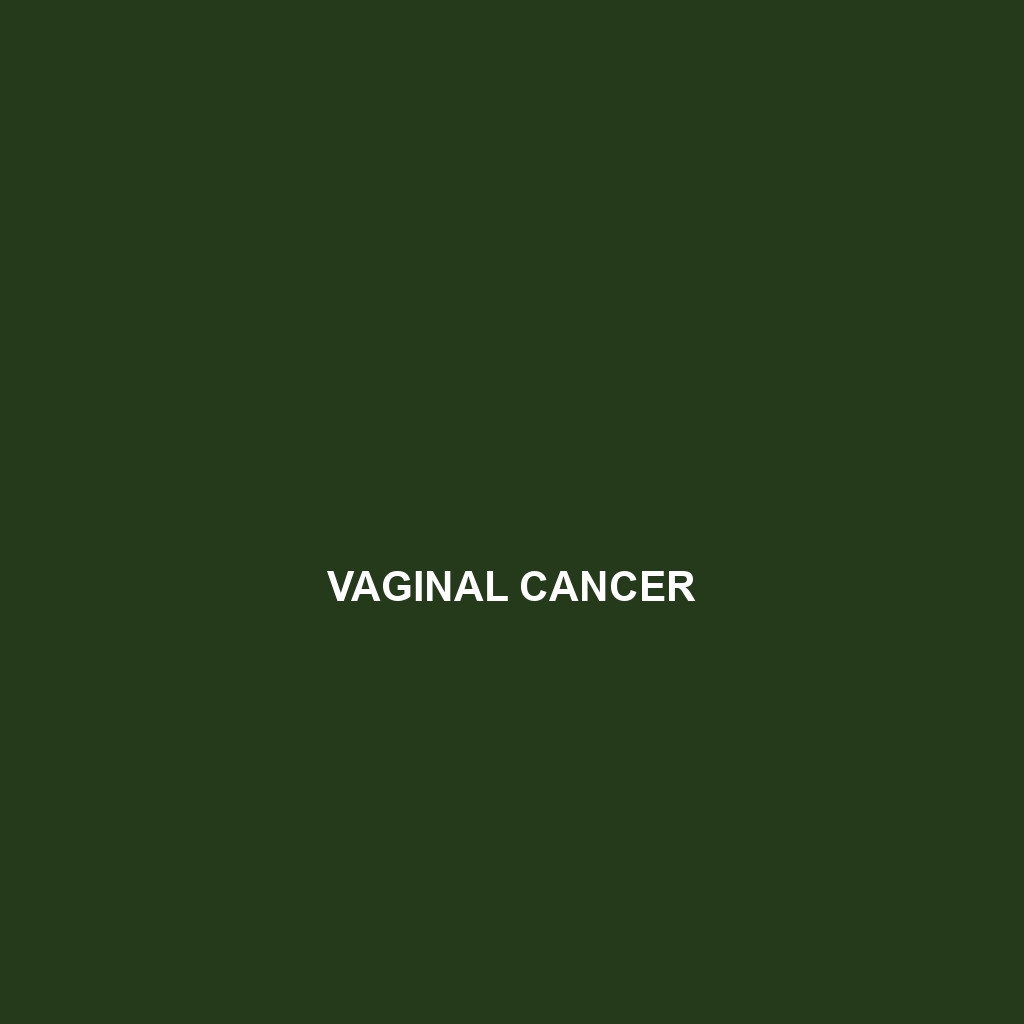Vaginal Birth After Cesarean (VBAC):
Definition and Description of Vaginal Birth After Cesarean (VBAC):
Vaginal Birth After Cesarean (VBAC) refers to the process of delivering a baby vaginally after a previous pregnancy that ended in a cesarean section (C-section). The term encompasses various methods of childbirth intended to achieve a successful vaginal delivery while managing the unique risks associated with prior cesarean deliveries. VBAC is an option many women consider due to its potential benefits, including shorter recovery times and lower maternal morbidity compared to repeat C-sections.
Causes of Vaginal Birth After Cesarean (VBAC):
The primary motivating factors for opting for VBAC often include personal preferences for childbirth experiences, desire for a quicker recovery, and considerations regarding future pregnancies. It is essential to note that underlying health conditions such as obesity, diabetes, and certain uterine conditions may impact the decision and viability of a VBAC.
Associated Symptoms of Vaginal Birth After Cesarean (VBAC):
Common symptoms associated with a successful VBAC include typical signs of labor such as contractions, back pain, and uterine pressure. However, women may also experience heightened anxiety related to their previous surgical delivery and concerns about the potential for complications.
Diagnosis of Vaginal Birth After Cesarean (VBAC):
Healthcare professionals evaluate the possibility of VBAC through detailed patient history, physical examinations, and assessments of prior birth experiences. An ultrasound may also be conducted for uterine assessment, including scar evaluation from the previous cesarean.
Risk Factors for Vaginal Birth After Cesarean (VBAC):
Certain risk factors contribute to the likelihood of a successful VBAC. These include a prior successful vaginal delivery, type of uterine scar from the previous cesarean, maternal age, and body mass index (BMI). Women with multiple prior cesareans or those with specific uterine complications may face greater risks.
Complications of Vaginal Birth After Cesarean (VBAC):
Potential complications of VBAC can include uterine rupture, placental problems, and increased emergency interventions. If not monitored and managed correctly, these complications may lead to severe maternal and fetal outcomes.
Treatment Options for Vaginal Birth After Cesarean (VBAC):
Management options for VBAC involve comprehensive prenatal care and monitoring throughout labor. Physicians may opt for a trial of labor after cesarean (TOLAC), during which the patient’s progress and any signs of distress are closely monitored. An emergency surgical plan should also be in place should complications arise.
When to See a Doctor for Vaginal Birth After Cesarean (VBAC):
Women should seek immediate medical attention if they experience signs of labor complications such as severe abdominal pain, heavy vaginal bleeding, or signs of fetal distress. Regular prenatal appointments are essential for monitoring maternal and fetal health.
Prevention of Vaginal Birth After Cesarean (VBAC):
While VBAC cannot be “prevented,” specific strategies can help optimize conditions for a successful outcome. These include maintaining a healthy lifestyle pre-pregnancy and during pregnancy, adhering to medical advice, and choosing healthcare providers experienced with VBAC management.
Statistics and Prevalence of Vaginal Birth After Cesarean (VBAC):
Research indicates that approximately 60-80% of women who attempt a VBAC achieve a successful vaginal delivery. However, success rates are influenced by multiple factors, including the type of uterine incision during the previous cesarean and overall maternal health.
Personal Stories or Case Studies about Vaginal Birth After Cesarean (VBAC):
Many women share inspiring narratives of their VBAC experiences, detailing both the challenges they faced and the triumphant outcomes. These stories often highlight the emotional journey, the supportive role of healthcare teams, and the empowerment gained through successful vaginal births.
Myths and Misconceptions about Vaginal Birth After Cesarean (VBAC):
Common misconceptions about VBAC include beliefs that it is inherently dangerous or that all women must have repeat cesareans after one. In reality, many women are suitable candidates for VBAC, and with the right support and medical supervision, risks can be minimized.
Support and Resources for Vaginal Birth After Cesarean (VBAC):
Seeking support is crucial for those considering VBAC. Numerous organizations and support groups provide resources and valuable information. For more information, visit this support page for additional resources and help.
Conclusion about Vaginal Birth After Cesarean (VBAC):
Vaginal Birth After Cesarean (VBAC) presents an opportunity for many women to experience a vaginal delivery following a previous cesarean. Understanding the risks, benefits, and available support is essential for making informed decisions regarding childbirth. Women considering VBAC should consult with healthcare providers to ensure the healthiest path forward for themselves and their babies.
